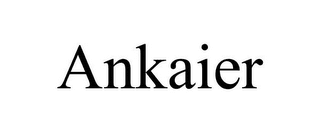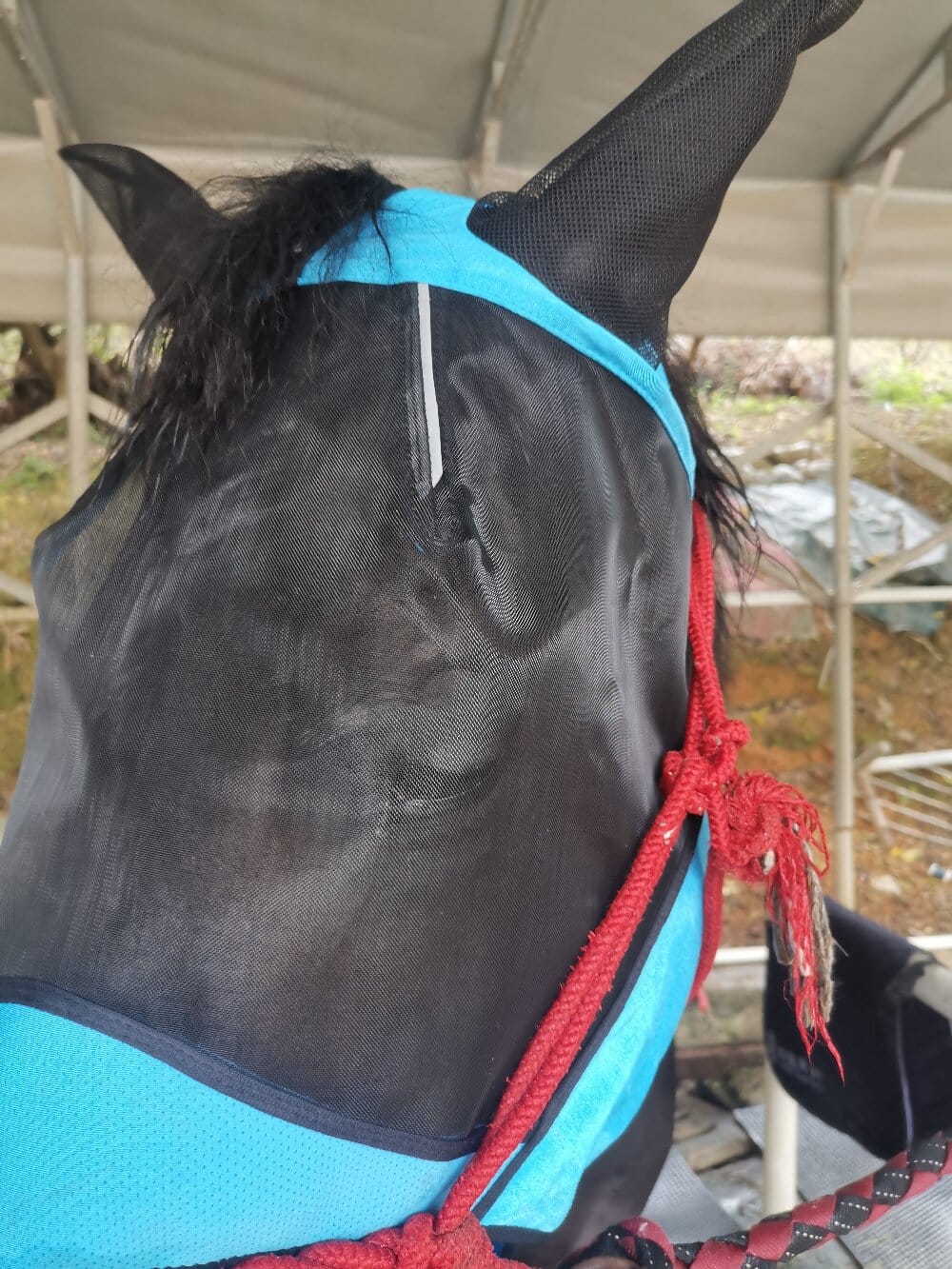Protecting your horse’s face from irritating and potentially harmful insects is a crucial part of responsible ownership, and a horse fly mask is your first line of defense. These specialized pieces of equine equipment do more than just ward off flies; they shield your horse’s sensitive eyes, ears, and muzzle from the sun’s UV rays, dust, and other environmental allergens. By investing in a well-fitted mask, you are actively preventing discomfort, reducing stress, and minimizing the risk of eye infections and injuries caused by frantic head-tossing. Think of it not as an accessory, but as a fundamental tool for your horse’s health and happiness during turnout.
Choosing the Perfect Fly Mask for Your Equine Partner
Not all fly protection is created equal. The right choice depends on your horse’s specific needs, your local environment, and their individual behavior. The primary consideration is the level of coverage. A standard eye mask protects just the eyes, which is sufficient for some. However, if your horse is particularly sensitive or you live in an area with dense insect populations, a full-face fly mask that extends over the ears and down the muzzle might be necessary. For horses prone to sunburn, especially those with pink skin or white faces, look for a mask with UV protection, which blocks out harmful rays without compromising visibility or airflow.
Material is another key factor. Most masks are made from durable, lightweight mesh that allows for excellent air circulation. Some feature soft, flexible nose pieces to prevent rubbing, while others incorporate ear covers made from a finer mesh to keep tiny gnats at bay. For the escape artist in your herd, security features like a generous ear lock, a sturdy chin strap, or a breakaway safety system are non-negotiable. This ensures the mask stays on during play but will give way if it gets caught on something, preventing a potential panic-induced injury.
The Ultimate Guide to Fly Mask Fit and Comfort
A poorly fitting fly mask can cause more problems than it solves. It can rub, chafe, and obscure your horse’s vision, leading to sores and anxiety. A proper fit is snug but not tight, allowing the horse to blink, chew, and express itself freely without any part of the mask digging in. To check the fit, ensure the eye openings are correctly aligned, giving your horse a full, unobstructed field of vision. The browband should sit comfortably above the eyes, not pressing down on them. Run your fingers around the edges, especially around the ears and jawline, to feel for any points of excessive pressure.
- Ears: The ear openings should encase the base of the ears without bending them awkwardly.
- Chin & Throat: The chin strap should be secure enough to prevent removal but loose enough to fit two fingers comfortably underneath.
- Overall Movement: Watch your horse as it moves its head up, down, and side to side. The mask should not shift significantly or slide over the eyes.
Maintaining Your Horse’s Fly Protection Gear
To keep your horse’s face shield effective and hygienic, regular cleaning is a must. Dust, sweat, and debris can quickly clog the mesh, reducing its ability to breathe and protect. For a quick daily maintenance, use a soft brush to flick off dirt. For a deeper clean, hand-wash the mask in cool water with a mild, horse-safe detergent. Avoid harsh chemicals and fabric softeners, as they can degrade the material and irritate your horse’s skin. Always allow the mask to air dry completely; never put a damp mask on your horse, as this can create a moist environment perfect for bacterial growth. Inspect it frequently for tears, loose stitching, or worn-out elastic, repairing or replacing it as needed to ensure continuous protection.
Addressing Common Concerns and Questions
Many owners wonder if their horse can see and hear properly while wearing a face covering. The high-quality mesh used in reputable brands is designed to be virtually invisible to the horse, offering a clear field of vision. Similarly, the fine mesh over the ears does not significantly impair hearing but does an excellent job of keeping out biting insects. Another common question is about 24/7 usage. While some masks are durable enough for extended wear, it is generally a good practice to remove the mask daily to check your horse’s face for any rubs or irritation and to give their skin a chance to breathe. This quick daily check-up strengthens your bond and ensures their ongoing comfort.
Ensuring Year-Round Equine Comfort
Integrating a horse fly mask into your daily routine is a simple yet profoundly effective way to safeguard your horse’s well-being. From preventing painful fly bites around the eyes to shielding delicate skin from sunburn, this piece of gear is a small investment that pays significant dividends in your horse’s quality of life. By taking the time to select the right type, ensuring a perfect fit, and maintaining it properly, you provide your equine partner with uninterrupted comfort, allowing them to fully enjoy their time in the pasture. Ultimately, a comfortable horse is a happy and healthy horse, ready for whatever adventures you have planned together.

